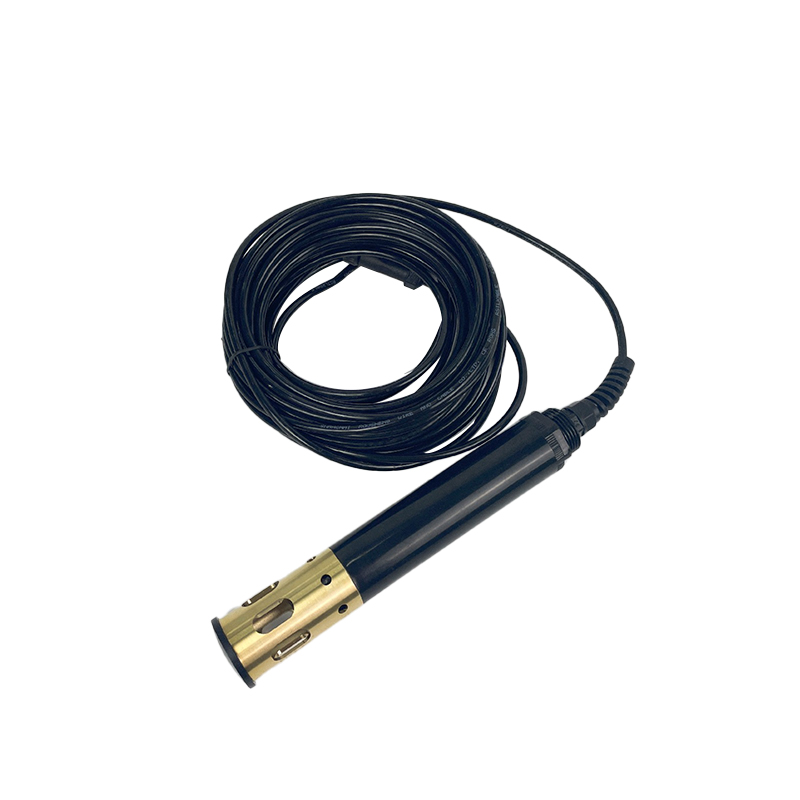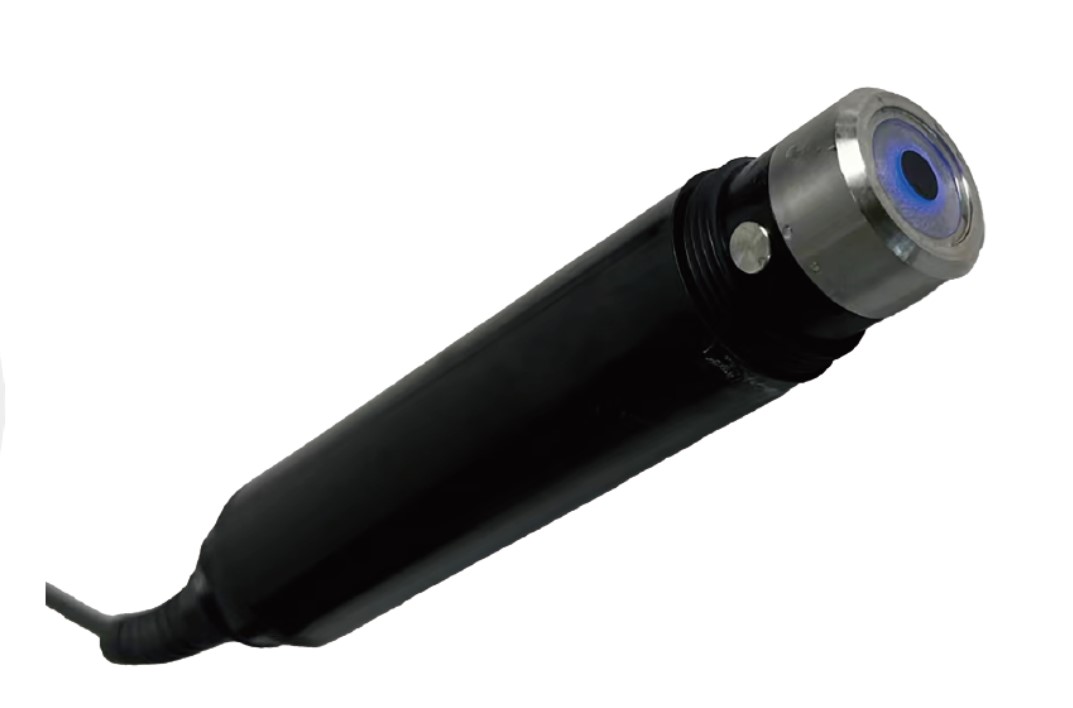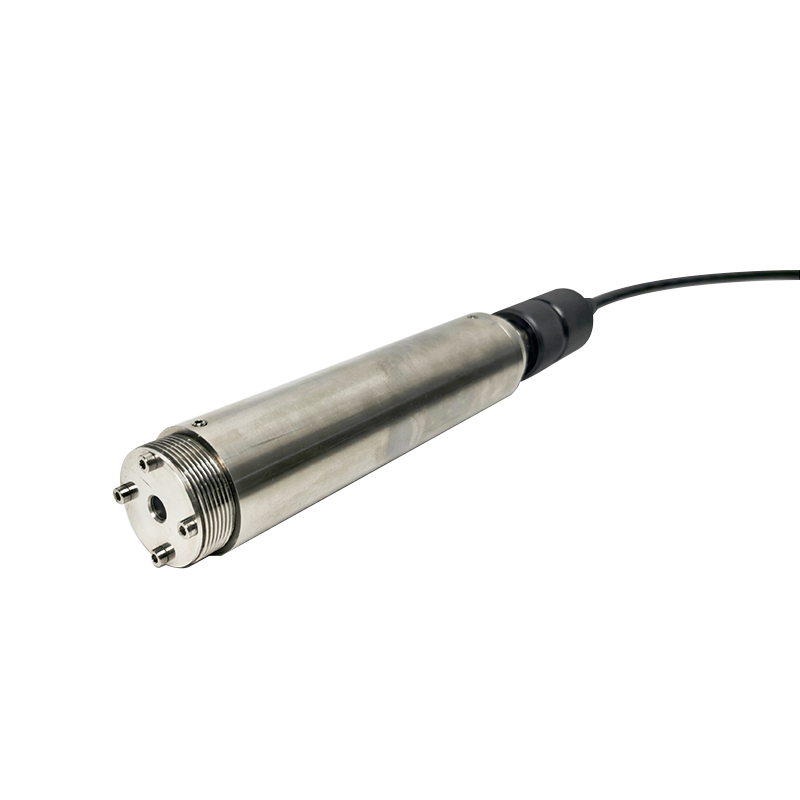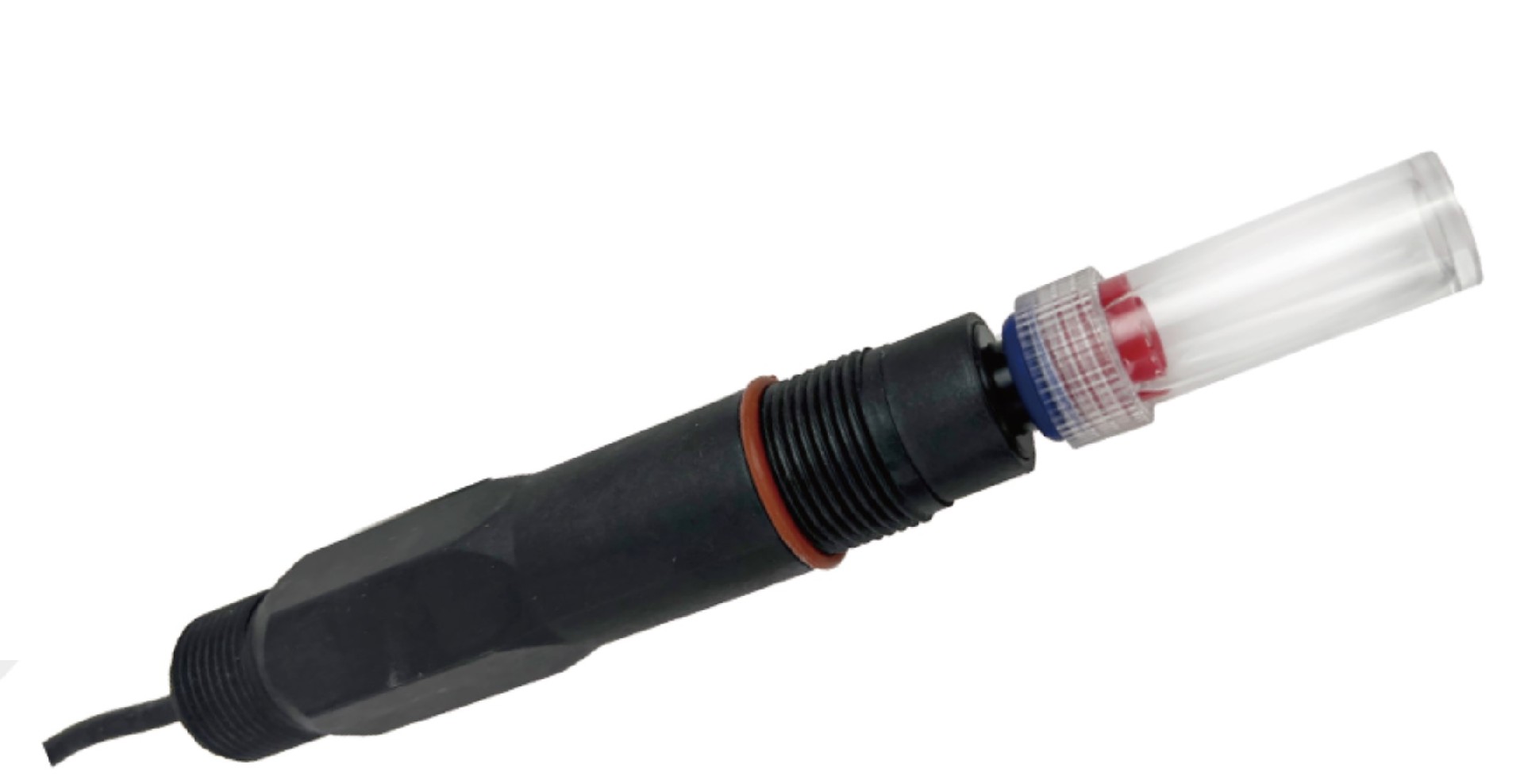Drinking water is an important foundation for the sustainable development of modern cities, and providing safe, reliable, and healthy drinking water for the people is the foundation for promoting socio-economic development. Online monitoring of drinking water sources is particularly important. How can we ensure the safety of water quality in water sources? How to achieve 24-hour real-time and uninterrupted online monitoring of water quality in drinking water sources?
In the "Hygienic Standards for Drinking Water" (GB5749-2022), it is explicitly stipulated that when chlorine gas and free chlorine preparations are used as disinfectants, the residual amount of free chlorine and total chlorine at the end of the pipeline network shall not be less than 0.05mg/L, the residual amount of chlorine dioxide shall not be less than 0.02mg/L, the turbidity shall not exceed 1 NTU (in special cases not exceeding 5 NTU), and the pH shall not be less than 6.5 and not exceed 8.5.
(1) Residual chlorine (according to the Hygienic Standard for Drinking Water GB5749-2006, the residual chlorine limit is: the contact time with water is ≥ 30 minutes, the limit in the factory water is 4mg/L; the residual in the factory water is ≥ 0.3mg/L; the residual in the water at the end of the pipeline network is ≥ 0.05mg/L;).
(2) Sensory indicators of water, such as chromaticity, turbidity, visible substances to the naked eye, smell, and taste (turbidity limit of 1 NTU in the Hygienic Standard for Drinking Water GB5749-2006).
(3) Total dissolved solids, abbreviated as T.D.S
The conductivity of water, which is the reciprocal of its electrical resistance, is usually used to indicate the purity of water. The national standard GB5749-2006 "Hygienic Standards for Drinking Water" has a limited requirement for the total dissolved solids (TDS) of drinking tap water: TDS ≤ 1000 mg/L, which is obviously far from the international standard. With the development of industry, the variety and quantity of pollutants in water have increased, and this value may no longer meet human drinking standards. When the TDS value exceeds 200, it is considered an industrial water standard, and water above 300 is contaminated by industry. What are the TDS values for various types of water? The TDS value of tap water varies in different regions, with higher values in the northern regions. The TDS value of water in general water plants is around 180-260. If it is deep well groundwater, it should be higher, around 300. In some places, it is possible that the groundwater in industrial areas may be even higher after being polluted. The normal water treated by reverse osmosis (RO) technology is within 50, which is suitable for human consumption.
(4) pH value: According to the "Hygienic Standards for Drinking Water", the pH value of tap water is between 6.5 and 8.5. Water with strong acidity or alkalinity is not good for the human body, so pH value detection is also important.










